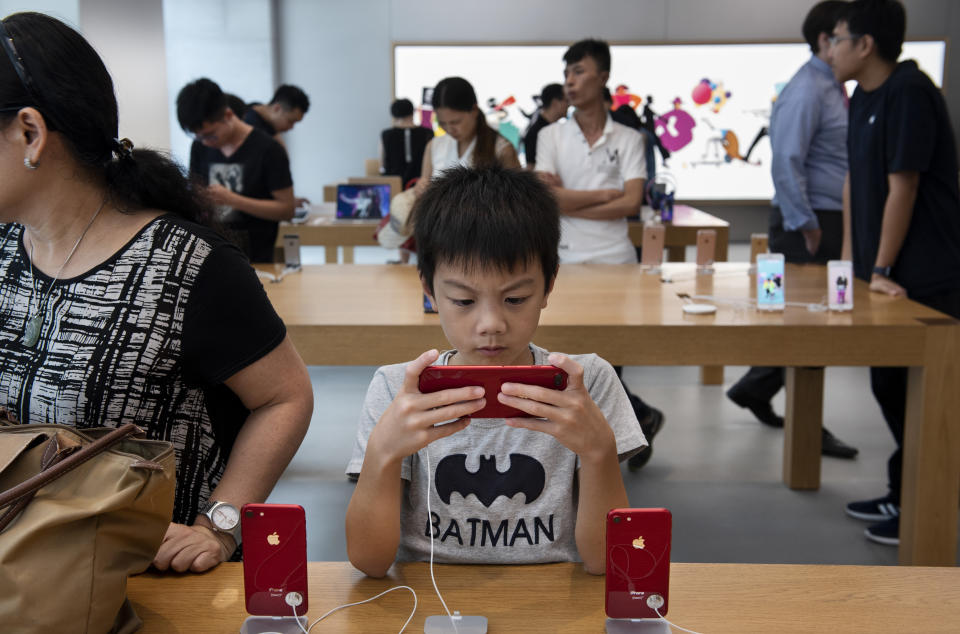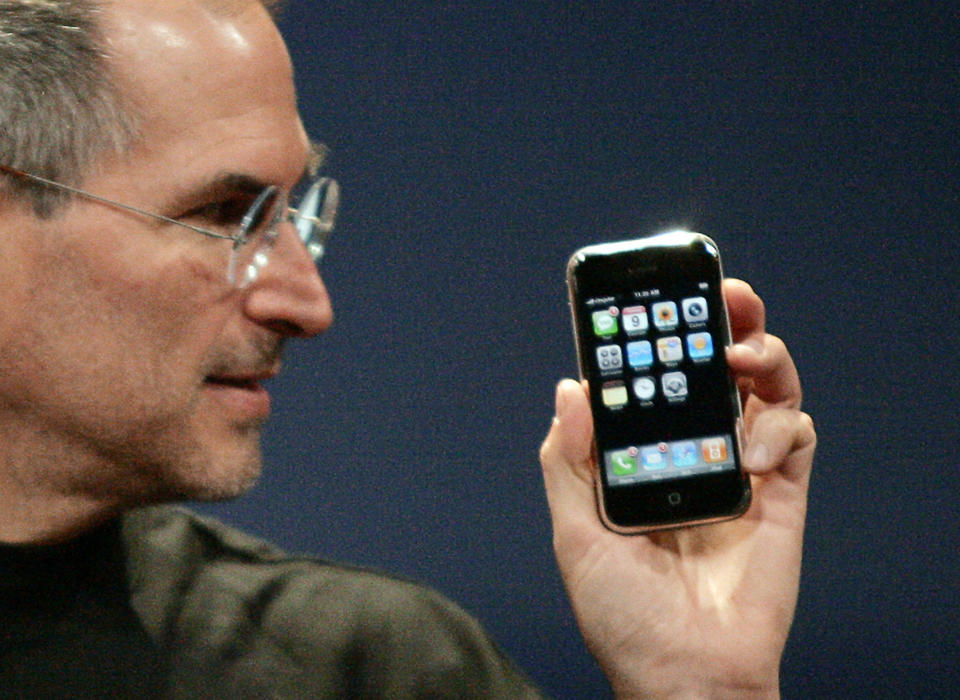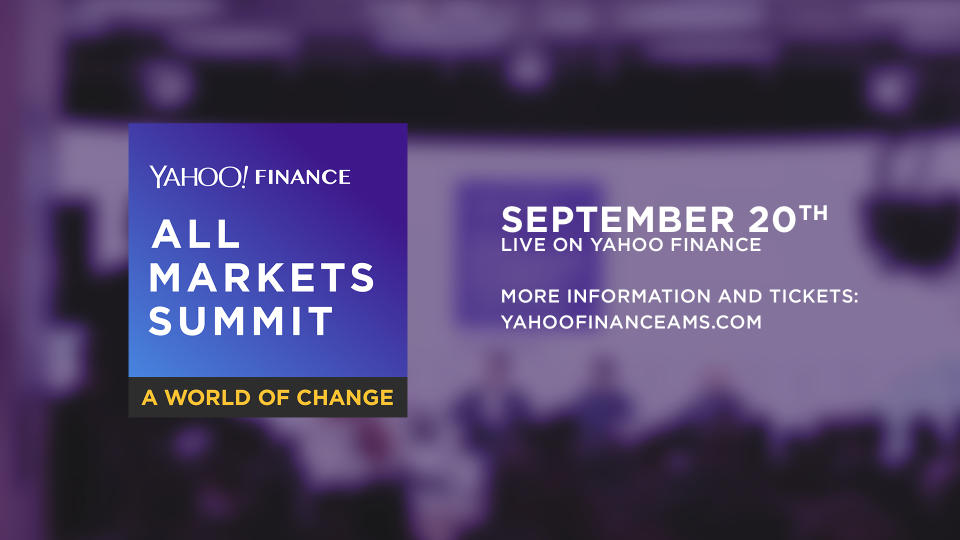Here comes Gen Z and 'significant' shifts in buying trends
Get ready to hear more and more about Generation Z.
A Bloomberg analysis of U.N. data indicates that Gen Z, also called “centennials” because they were born in or after 2001, will represent 32 percent of the world’s population in 2019. That means Gen Z will soon be larger than Generation Y (31.5 percent), the age group known as millennials. (Bloomberg defined millennials as being born between 1980 and 2000.)
Aside from growing up in a world shaped by the global war on terrorism and the 2008 financial crisis, Gen Z lives with a focus on technology that will define the task of marketers who create generational terms to distinguish consumer groups.
“We know that one of the greatest drivers of a purchase is a referral from someone you know and trust,” Deep Patel, founder at OwlMetrics and marketing influencer, told Yahoo Finance. “Gen Y grew up testing the waters of social media, but Gen Z doesn’t know life without it.”

Patel added that centennials becoming a dominant marketing target will cause “significant” shifts in consumer trends.
“Brands have a difficult task,” Patel explained. “They need to blend Gen Z’s desire for new, authentic experiences with its fixation on technology.”
‘Marketing is a different enterprise’
Defining generations is a tactic used by brands to better define their demographics. As Slate reported earlier this year, “The idea that distinct generations capture and represent these changes is unsupported.”
Most scholars tend not to use the term “generation” unless referring to family networks, according to Jonathan Daw, associate professor of sociology and demography at Penn State University.
“Marketing is a different enterprise,” Daw told Yahoo Finance. “It’s about defining who is purchasing what. To define a market often means that you need a label or a shortcut.” In this case, the label would be Gen Y or Gen Z.

Basically, marketers do whatever they can to attract potential buyers. Procter & Gamble Co. (PG) is even trying to trademark certain shorthand phrases that have become popular among millennials. The world’s largest consumer-products company, Procter & Gamble recently filed to trademark millennial-friendly phrases as a way of attracting younger consumers. (In practice, the brand wants to use terms like LOL and NBD in its cleaning and air-freshening products.)
At the same time, there is more to each generation than its value to brands. Daw believes that media and marketers are being simplistic when they differentiate generations based merely on technology usage.
“It’s a conceptual laziness that I call ‘labeling the residual,’” he said. “For young people, that’s social media and constantly being connected.”
Up to $143 billion in buying power
That said, it’s undeniable that one of the defining features of centennial existence is the rapid rise of social media and consumer technology.
Apple introduced the modern smartphone, the iPhone, in January 2007. Over the following decade, websites and social media such as Amazon (AMZN), Google (GOOGL), Facebook (FB), Instagram and Twitter (TWTR) grew into dominant forces on the internet.

The rise of social media has led young people, particularly those in Gen Z, to routinely share purchase experiences with their followers. Those posts, Patel noted, are potential referrals to dozens or hundreds of people, “giving consumers a power over brands that’s never been seen before.”
And so Gen Z consumers tend to have “far higher expectations” from brand experiences than their predecessors. “A smartphone is a Gen Z’er’s third hand,” Patel said. “They are accustomed to convenience and instant fulfillment.”
This convenience is “fundamentally changing” the impact that consumers are having on the economic landscape, Patel reiterated. And Gen Z represents up to $143 billion in buying power.
“It’s raised the bar for every life experience, meaning food has to be Instagrammable and toothbrushes have to come packaged like an iPhone,” Patel said. “While it might seem taboo to Gen Y, Gen Z is only getting started.”
Follow Adriana on Twitter.
Read more: HQ Trivia host envisions ‘a whole network of live mobile gaming’

